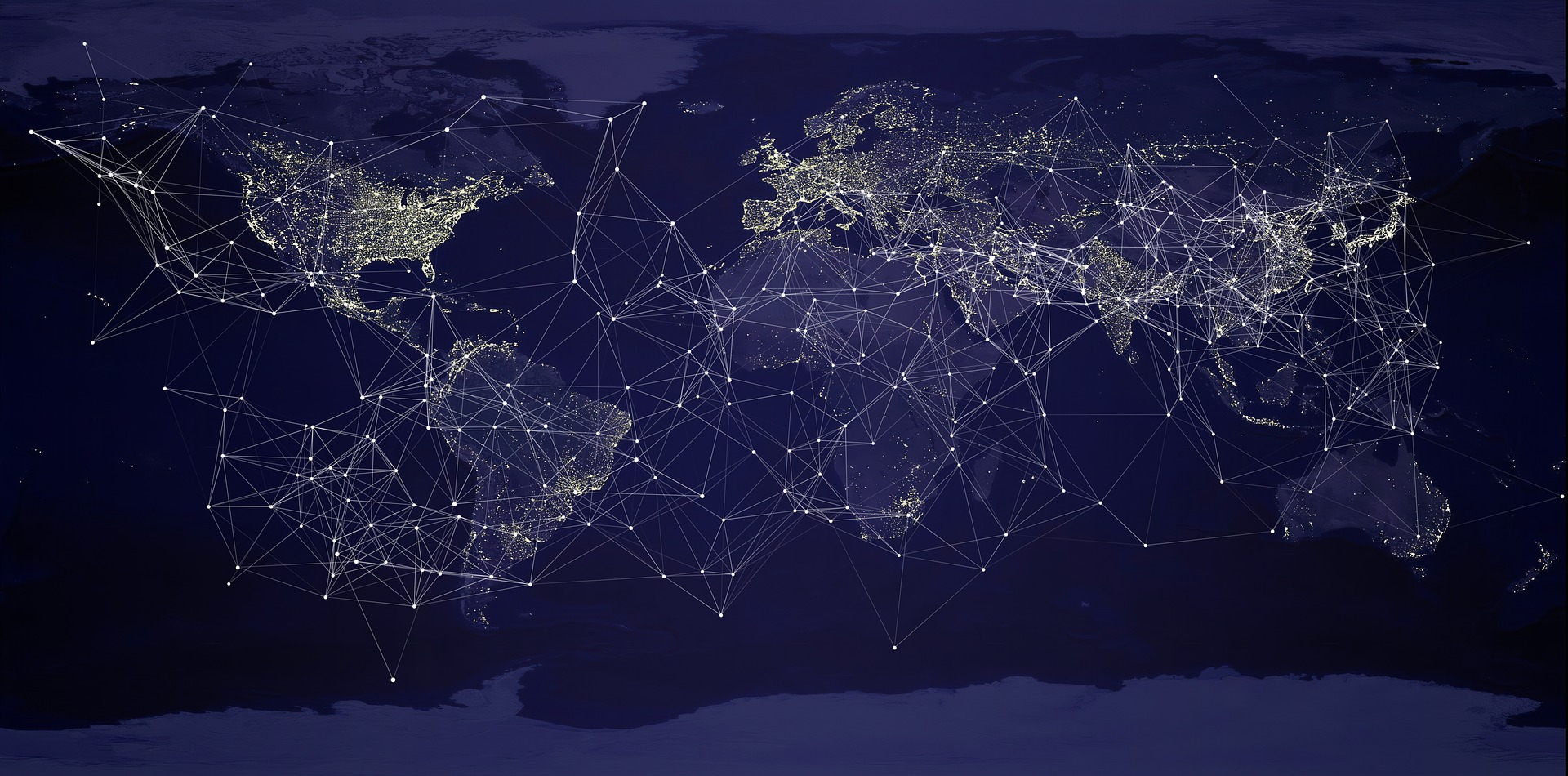
The Use of the Web in Italy between Regional Differences and Future Prospects
Internet use in Italy has become a widespread phenomenon, with eight out of ten people regularly accessing the internet. This data, revealed by Istat through the platform “Noi Italia – 100 statistics to understand the country we live in”, offers a detailed overview of the adoption of digital technology in the country. However, a significant gap clearly emerges between the different geographical areas, with Northern Italy showing greater Internet penetration than the South.
Gender and Age Groups
Considering the population aged six years and over, 83.2% of men and 77.6% of women in Italy regularly use the Internet. This gender gap is particularly evident in the older age group, where technology adoption tends to be lower among women. The difference could be attributed to various factors, including different familiarity with technology and access opportunities during the working years.
The North-South Divide: Calabria in the queue
The disparity in Internet use between Northern and Southern Italy is marked. The South has a gap of 7 percentage points compared to the North and 6 percentage points compared to the Centre. Emilia-Romagna stands out with the highest percentage of Internet users (84.5%), while Calabria is the region with the lowest share of users (71.6%). This digital divide highlights how technological infrastructure and regional policies can significantly influence Internet access and use.
Comparison with Europe
At a European level, Italy occupies a lower position than other European Union countries. The percentage of regular Internet users between the ages of 16 and 74 is 85.5%, while the average for the 27 EU countries is 90.2%. This places Italy among the last places in the European ranking, suggesting the need for further efforts to improve digital access and literacy.
Internet access in Italian families
Despite the difficulties, however, the share of Italian families who have Internet access at home is growing. In 2023, 83.7% of families have access to the network, an increase of 0.6 percentage points compared to the previous year. The regions with the highest values are Lombardy (86.3%), Lazio (86.2%), Trentino-Alto Adige/Südtirol (86.2%) and Veneto (86.1%). This demonstrates a positive trend, but once again highlights the gap between the regions of the Centre-North and the South.
The South: An Area to Recover
Southern Italy continues to show a significant delay in Internet adoption. Only Sardinia has a value close to the national average, while other regions of Southern Italy are well below it. This gap can be attributed to several causes, including economic differences, the availability of technological infrastructure and local initiatives to promote digital literacy.
The Penetration of the Internet into Families
The percentage of Italian families with at least one member aged between 16 and 74 who has access to the Internet is 91.7% in 2023, a figure close to the EU average of 93.1%. This indicates that, despite the difficulties, Italy is making progress towards universal adoption of the Internet. However, the path to reaching levels of use comparable to those of the leading European countries is still long.
Future perspectives
The analysis of Istat data on Internet use in Italy reveals a complex and varied picture. While Internet penetration is high and growing, significant regional and gender disparities persist. The gap between North and South, in particular, represents a challenge that requires targeted interventions to guarantee fair and widespread access to the network.
To fill these gaps, it is essential to invest in digital infrastructure and promote policies that incentivize technological literacy, especially in underserved areas. Only through a joint commitment between government, local authorities and the private sector will it be possible to reduce the digital divide and fully exploit the opportunities offered by digital transformation.
Internet use in Italy continues to grow, but existing disparities need to be addressed to ensure that all citizens can benefit from the opportunities offered by technology. With the implementation of targeted strategies and constant investment in infrastructure, Italy can aspire to reach levels of Internet use comparable to those of the most advanced countries in Europe.



 Subscribe
Subscribe